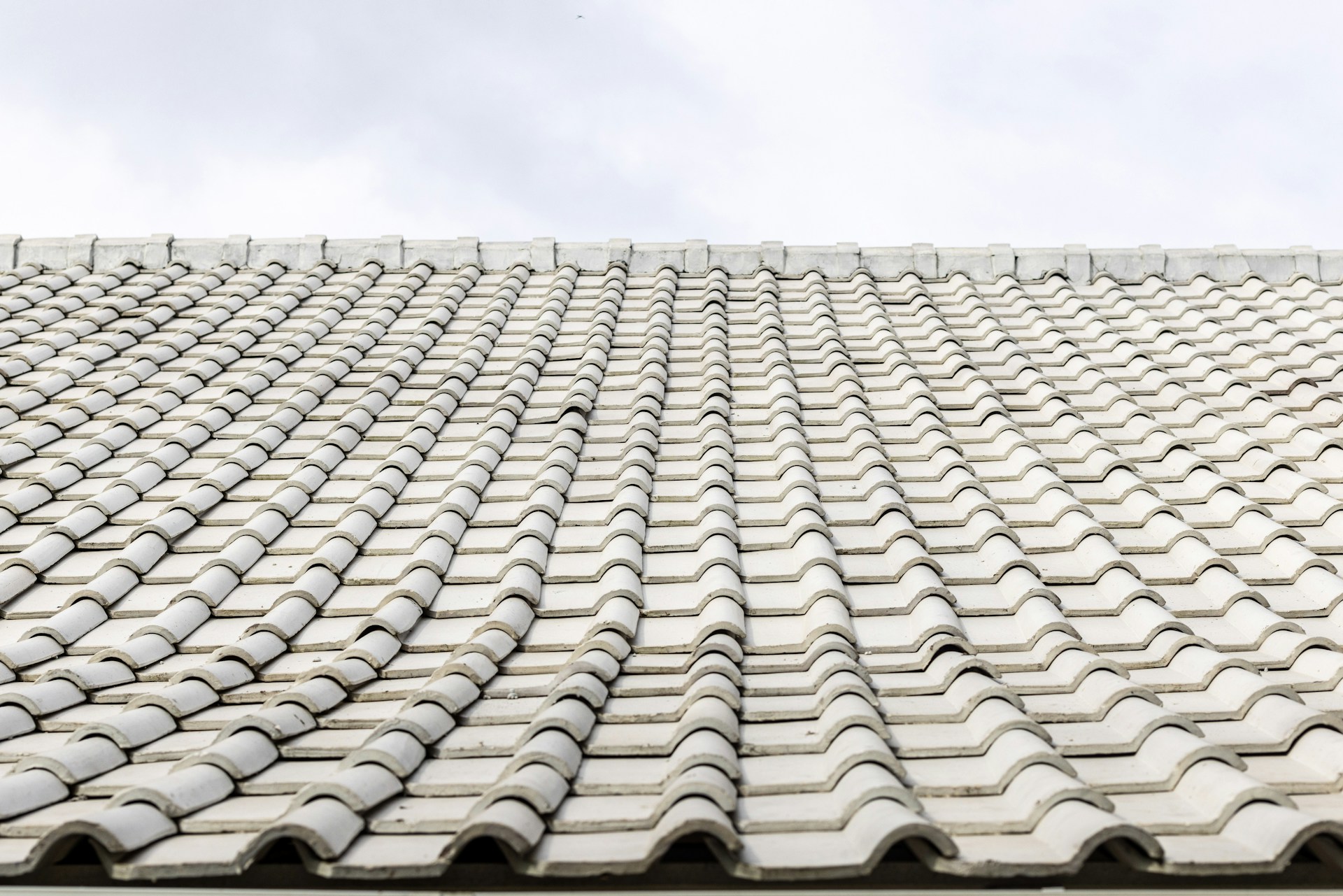
While a roof may seem like a simple part of a home or building to some, it serves as the first line of defense against the elements and plays a critical role in protecting your property. Ensuring that your roof remains in top condition requires regular maintenance, and by proactively addressing potential issues and adhering to a set maintenance schedule, you can help extend the lifespan of your roof, saving time and money in the long run.
As an industry-leading residential and commercial roofing company, we are dedicated to providing comprehensive roofing solutions to our valued clients in over 100 locations. We understand that proper roof maintenance is essential to maximizing your investment and ensuring the longevity of your roofing system. With our experience and expertise, we have compiled a list of effective roof maintenance tips and strategies to help you keep your roof in the best condition possible.
1. Inspect Your Roof Regularly
One of the most important steps in maintaining your roof is conducting regular inspections. This allows you to identify and address potential issues before they become severe. We recommend inspecting your roof at least twice a year, preferably in the spring and fall. Keep an eye out for the following red flags during your inspections:
- Damaged or missing shingles
- Curling, buckling, or blistering shingles
- Loose or exposed nails
- Signs of water damage or leaks
- Rusty or damaged flashing
- Sagging areas on the roof deck
2. Clean Gutters and Downspouts
Ensuring that your gutters and downspouts are clean and free of debris is essential to preventing water damage. As part of your roof maintenance routine, make sure to clean your gutters at least twice a year. Check for the following:
- Clogged or overflowing gutters
- Damaged or improperly pitched gutter sections
- Loose or missing downspout extensions
- Debris buildup, particularly in corners and valleys
By keeping your gutters clean and functioning properly, you can prevent water from backing up onto your roof and causing damage.
3. Remove Debris and Address Moss and Algae Growth
Roof debris, such as leaves, branches, and dirt, can trap moisture, leading to rot and deterioration. Be sure to remove debris from your roof periodically to allow water to flow freely off the roof surface. In addition, pay attention to moss and algae growth, which can also hold moisture and eventually damage your roofing materials. To remove moss and algae, you can use a gentle, bleach-based solution and gently scrub the affected areas with a soft-bristle brush.
4. Trim Overhanging Tree Limbs
Tree limbs that hang over your roof can pose a threat in several ways. Over time, leaves and other debris can accumulate on the roof, leading to moisture buildup and potential damage. In addition, during storms, overhanging branches can scratch or gouge your roof’s surface, loosen or dislodge shingles, or even break off and cause significant damage. To prevent these issues, make sure to trim back any overhanging limbs and keep trees at a safe distance from your roof.
5. Importance of Roof Maintenance
A roof’s significance extends beyond its structural role; it serves as the primary defense against weather elements, safeguarding property integrity. Regular maintenance is paramount for longevity and cost-efficiency, as it allows for timely identification and resolution of issues.
6. Expert Guidance and Services
As a leading residential and commercial roofing entity with a widespread presence, we prioritize delivering holistic solutions. Our expertise enables us to compile effective maintenance strategies tailored to diverse needs, ensuring clients maximize their roofing investments.
7. Essential Maintenance Practices
Conducting routine roof inspections, ideally semi-annually, is foundational. Key indicators like damaged shingles, water infiltration signs, and structural weaknesses must be diligently monitored. Additionally, ensuring unimpeded water flow by clearing gutters and addressing moss and debris buildup is crucial. Proactive trimming of overhanging tree limbs mitigates potential risks, safeguarding roof integrity.
8. Professional Roof Inspection and Maintenance Services
While DIY maintenance efforts are commendable, partnering with professional roofing services offers unparalleled benefits. Certified roof inspectors possess specialized knowledge and equipment to conduct thorough assessments, identifying hidden issues that amateur inspections may overlook.
Professional maintenance services go beyond surface-level solutions, encompassing comprehensive repairs and preventative measures tailored to your roof’s specific needs. They utilize industry-leading techniques and materials, ensuring durability and long-term resilience against environmental stressors.
Scheduled maintenance contracts provide peace of mind, ensuring regular upkeep without the hassle of remembering inspection dates. By entrusting your roof to experienced professionals, you mitigate risks and optimize its performance, ultimately enhancing property value and occupant safety.
Trust in Our Expertise to Keep Your Roof in Top Condition
Taking a proactive approach to roof maintenance is key to extending the life of your roof and protecting your property. By inspecting your roof regularly, cleaning gutters and downspouts, removing debris, addressing moss and algae growth, and trimming overhanging tree limbs, you can prevent potential damage and costly repairs down the road.
If you’re unsure about handling these tasks yourself or would like the assistance of experienced professionals to keep your roof in top shape, don’t hesitate to reach out to Roofing Masters Network. Our team of skilled roofing experts is dedicated to providing comprehensive local roofing services tailored to your specific needs. Contact us today to learn more.

